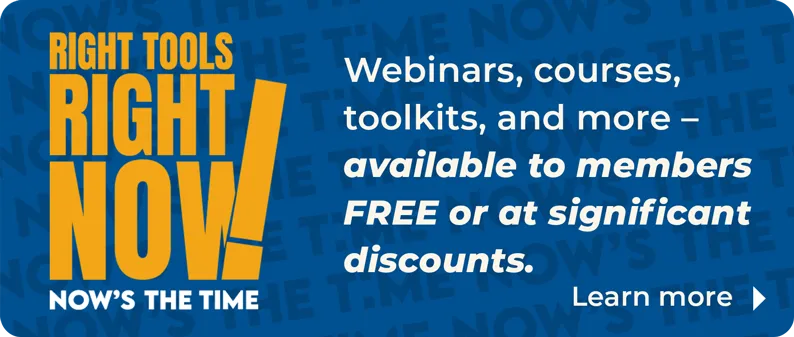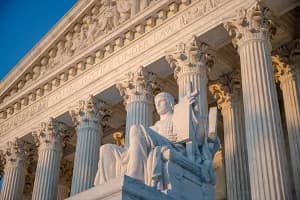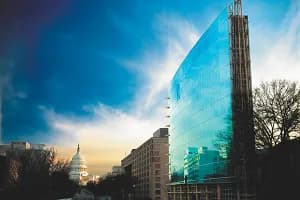The strong surge in consumer spending for travel and recreation in the wake of a big vaccination rollout and the relaxation of masking and social distancing guidelines pushed gross domestic product (GDP) to expand at an annualized1 rate of 6.4% in the second quarter. Real GDP ($ 19.35 trillion) is now running at 2% above the pre-pandemic level in the first quarter of 2020 ($18.9 trillion).
Personal consumer spending rose 11.8% as consumers revved up their bottled-up demand for spending on food services and accommodation (67.7%), recreation services (42.8%), and transportation services (37.6%). Spending for gasoline/fuel/energy goods also rose (34.3%) due to increased personal travel and as people started returning to work, mostly by car rather than by transit, according to the Apple® Mobility Trends Index. Travel by car is up nearly 20% from the pre-pandemic level (January 2020), while travel by transit is down by nearly half.
The personal consumption expenditures price index — the measure the Federal Reserve Bank uses to gauge inflation — rose 6.4% in the second quarter2. This spike in PCE inflation reflects the temporary and short-term surge in spending for recreational/travel spending, which the Federal Reserve has repeatedly noted in its policy statements3.
Not surprisingly, construction spending declined for non-residential (-7%) and residential (-9.8%) structures (buildings). The decline in non-residential investment is not a surprise given the high vacancy rate for office space, at 18% in 2021 Q2).4 Retail brick and mortar stores are still attracting more foot traffic and weaning shoppers away from online shopping, where consumers have spent about $200 billion more since the pandemic.
The decline in residential investment spending was also expected as housing starts slid in the second quarter of 2021 (average of 1.568 million) from the first quarter of 2021 (1.599 million), in part due to rising softwood lumber prices (typically used for framing, doors, windows) that saw price growth accelerating to 125% year-over-year by June 2021 from 83% year-over-year in March 2021.
What's the outlook in the coming quarters? The pace of GDP growth will likely moderate in the coming quarter because the current strong personal spending is a temporary surge. More importantly, the acceleration in coronavirus cases from the Delta variant and the incidences of breakthrough cases (where a person has been fully vaccinated but tests positive) is casting a severe and perhaps long shadow on the path of economic recovery. The CDC has already advised masking indoors, and if cases accelerate, more guidelines could be forthcoming, negatively affecting travel, recreation, and mobility to places of leisure and work. GDP growth is likely to moderate to about 3.5% by the fourth quarter of 2021 and to further moderate to about 3% in 2022.
The simple average of the PCE inflation since 2020 Q1 is now at 2.5%, which is above the 2% average inflation rate target announced by the Federal Open Market Committee. The rising Delta variant cases will have a negative impact on consumer spending so PCE inflation will also likely slow in the coming quarters. The Fed will likely still keep the fed funds rate target to 0 to 25 basis points when it meets in September.
Mortgage rates are expected to hover at below 3.5% by the end of 2021 and to rise to about 3.6% in 2022. The mild uptick in mortgage rates should not cause a crash in housing demand and housing prices. Some slowdown in housing demand is good for rebalancing of housing demand and supply to cool off the torrid pace of price acceleration that is hurting affordability. NAR forecasts the median existing-home price to rise at a modest pace of below 5% in 2022 from about 14% in 2021.


1 Annualized rate is the rate of growth if the economy were to continue growing at the current pace for four quarters.
2 This is much higher than the 5.4% inflation in June based on the Consumer Price Index which is based only on spending paid for directly by the consumer.
3 See latest statement at https://www.federalreserve.gov/monetarypolicy/files/monetary20210728a1.pdf
4 Source: Cushman and Wakefield








